
Kazenoko Actors, Hiroko and Saske, working Front of House.
One of the remarkable things about Kazenoko in Japan is that their actors receive an annual wage. This intrigues me because in Australia, actors work contract to contract and in between times, take up other employment to pay the bills. Asano-san who was part of the acting ensemble for about ten years before moving into the role of writer/ director, explains “But not all theatre companies in Japan work like Kazenoko, most are like Australia, they contract the actors when they need them”, she tells me. Infact, Kazenoko is one of the five theatre companies in Japan that employ this system. “It was about 20 years ago that we decided to put actors on an annual wage. We found that our actors kept getting sick because they couldn’t afford to eat properly when they weren’t working for us and then when it was time for the next tour, it was hard to get the ensemble together again”, she explains.
The Kazenoko wages vary depending on the city in which you are based. Kazenoko have companies in Hokkaido, Tokyo, Kansai, Tohoku, Chushikou and Kyushu, while all share the same mission, each are incorporated as separate organizations, with varying company structures and their own ensembles and bodies of work. All together there are 128 Kazenoko staff (actors and administrators).
Kazenoko Kyushu has 23 staff, 14 of which are actors. Actor and Administrators working for Kazenoko Kyushu earn only 11 9000 Yen a month (928 AUS dollars) when they start out and each year this amount increases a little and the top wage is about 22 3000 Yen (1 739 AUS dollars). “It is not a lot of money”, says company President Kariya-san. “It is only about half of the annual wage in Japan” he explains.
And to give you an idea of how far this goes, the average monthly rent for a small apartment in Fukuoka is between 35000 and 40000 Yen ($273- $312) per month . So it is not great, but you can afford to pay the bills and eat, furthermore income tax in Japan is very low (about 1.5% for a low income earner). The wage seems to suit young actors okay but doesn’t seem to costs for the actors with families to care for. Hence one of Kazenoko’s main challenges of late is finding a way to hang on to their male actors beyond the age of about thirty.
Working on an annual wage means that the Kazenoko actors are required to carry out administrative tasks, workshops in schools and other jobs relating to the day to day running of the theatre company when not in rehearsals or on tour, hence increasing the efficiency of the company and cutting back on administrative costs.
So how does Kazenoko Kyushu survive? Unlike in Australia, there is no operational funding in Japan for theatre companies and so Kazenoko Kyushu constantly apply for project funding. In a good year their total takings in grants is about 1500 0000 Yen (117 000 AUS dollars). But in years when they are not so successful in their funding applications, theatre companies in Japan resort to taking out bank loans.
Needless to say both the company and the actors are doing it tough but there is a lot to be said for the security that an annual wage provides and the freedom it gives the company to continually tour its body of work locally, nationally and internationally.
The reality in Australia is that performers are very well represented by the Media and Entertainment Arts Alliance and as a result, when we are contracted for work, we are well paid and under good conditions (in comparison to Japanese performers). However, Australian performers and theatre makers always face hard times when in between contracts.
The Australian population is small, we need to find a new audience and this means that following local seasons it is integral to tour this work interstate and overseas. And small ensembles that can develop, produce and perform their work are in the best position to do this but they need more support. I hope that in the future, funding bodies in Australia and larger theatre companies and festivals will make it a priority to invest more in small ensembles of multi-skilled performers who can work onstage and behind the scenes on an annual wage (as recommended by MEAA). This may mean some radical re-structuring and re-allocation on funds but if we want to be realistic about creating a more sustainable future for theatre companies and performers, surely we should be investing in the most efficient models?





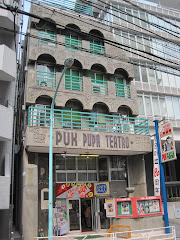
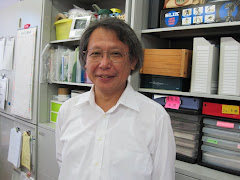








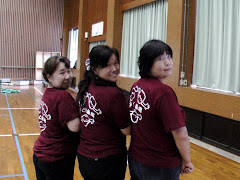

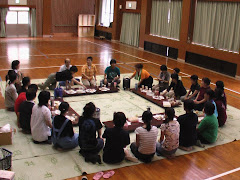
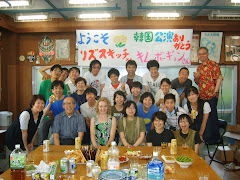






No comments:
Post a Comment